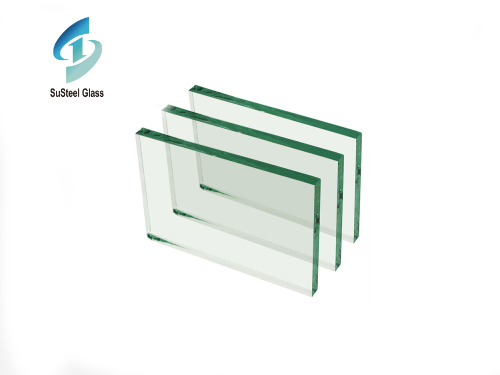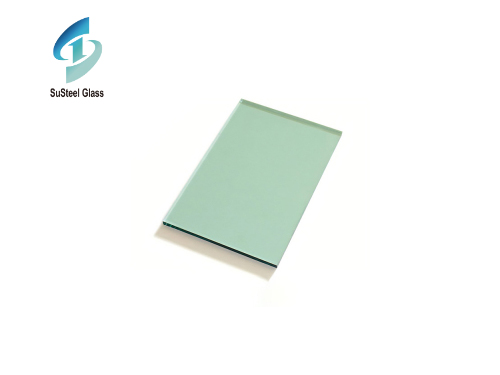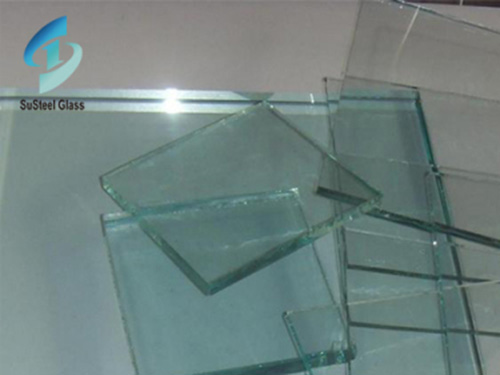
In recent years, due to the development and progress of science and technology, the manufacturing process of optical glass, from the molten raw material to the embryo molding, mostly adopts the automatic production mode of consistent operation, in order to improve the quality and production and reduce the cost. Optical glass manufacturers usually focus on developing new products, improving production technology and efficiency, improving quality and reducing manufacturing costs, rather than expanding production equipment. As a result, from receiving orders to shipping, often take several months. The manufacturing procedure for optical glass is approximately as follows:
1. Manufacture melting furnaces: there are two kinds of melting furnaces: clay furnaces and white gold furnaces. In recent years, small white gold furnaces have been used for optical glass penetrating rare elements to maintain a stable quality.
2. Put optical glass raw materials into the melting furnace (especially clay furnace) after a long time of drying, put them into the melting furnace according to the special formula and other raw materials selected for melting.
3. Heating, melting, stirring: heating conditions, depending on the material. However, all materials must be stirred evenly to achieve uniformity.
4. Cooling: long time to cool. However, the length of time also varies from material to material, which is the most important process to ensure excellent quality.
5. Splitting furnace and sorting: split the clay furnace, take out the block rough embryo and select it.
6. Check, test and integral type: check or test its performance item by item to ensure good quality.
7. Cut off, chamfering (trimming) : according to the use and specifications of the block rough embryo, cut into small pieces and chamfering.
8. Embryo molding: the rough embryo is heated to soften, according to the specifications of the engineering drawing, embryo molding. However, to make or prepare a variety of molds, tools and secondary materials in advance.
9. Blunt: annealed passivation, eliminate internal stress.
 High Purity Tin Ingot: Essential Uses and Key Advantages
High Purity Tin Ingot: Essential Uses and Key Advantages
 Burglar-Resistant Glass: Enhancing Security and Peace of Mind
Burglar-Resistant Glass: Enhancing Security and Peace of Mind
 Exploring the World of Green Tinted Glass Products: Versatility and Sustainability
Exploring the World of Green Tinted Glass Products: Versatility and Sustainability


